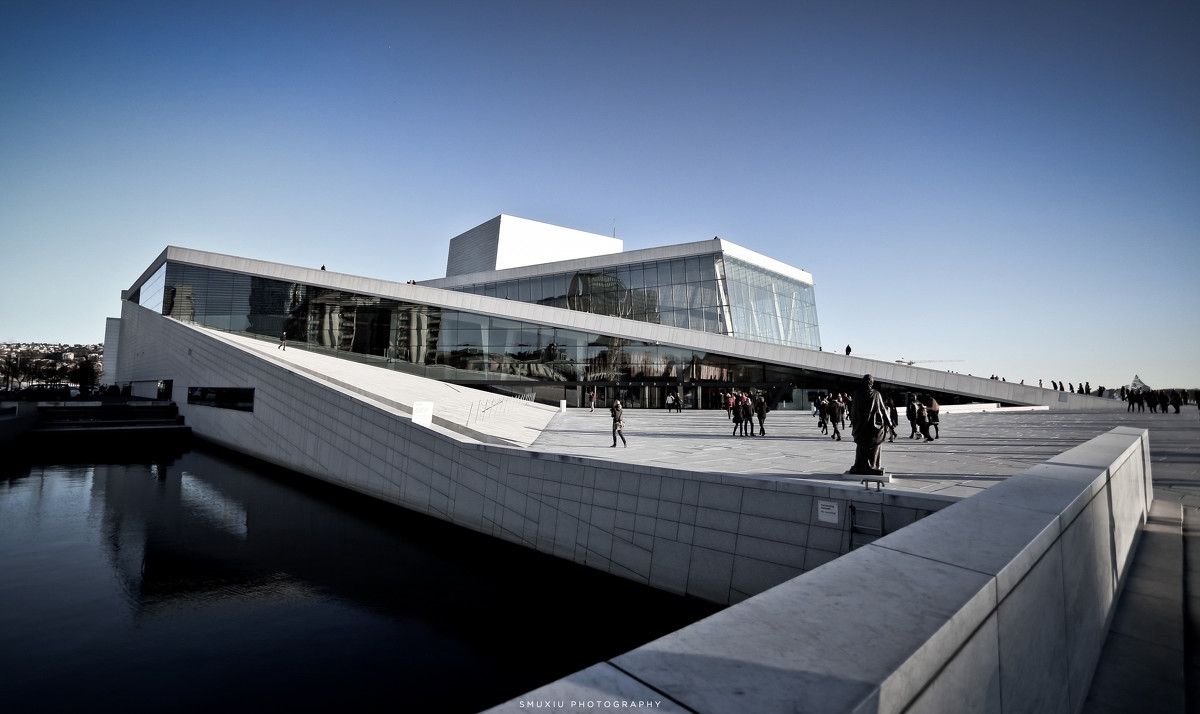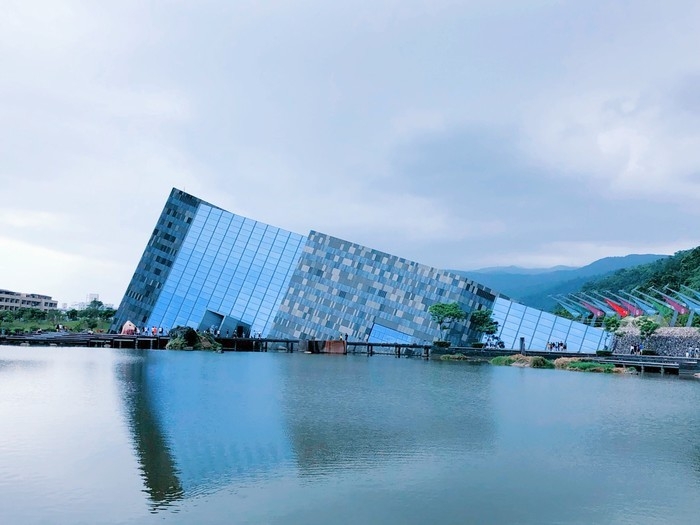Landmark buildings and culture
The city must cherish the quality of the building and its environment. Historically, people often used the entire city or even the whole country to build important landmark buildings, and landmark buildings have become a symbol of government, enterprises and institutions. Hamburg, Germany is the world's largest shipping center and the richest city in Europe. In 2007, Hamburg will transform a large wharf warehouse on the Elbe River into a concert hall. The cost has been continuously increased from the city hall’s budget of 77 million pounds to 575 million pounds. It is expected that its final cost will be as high as 800 million pounds, but after it is completed, it will become a major cultural center in Europe.
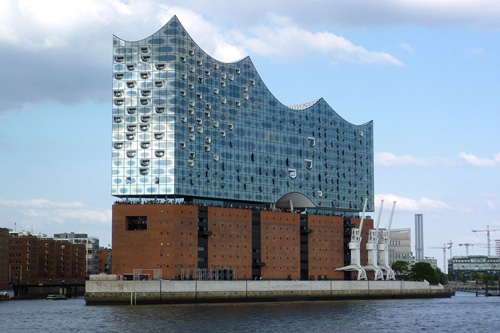 Picture: The Elbe Concert Hall in Hamburg, Germany
Picture: The Elbe Concert Hall in Hamburg, Germany
Excellent landmark buildings, creative and fashionable buildings, inspire and influence the urban space experience, and can establish a successful value reference for the city. For example, Bilbao, the city where the Guggenheim Museum in Spain is located, was originally a metallurgical industrial base. The city developed in the 1950s and declined due to the manufacturing crisis after 1975. From 1993 to 1997, the government made every effort to create the Guggenheim Museum, which finally allowed this ancient city where no one had ever stayed overnight, attracting more than one million tourists every year. The museum has brought vitality to the entire city and has also become a major cultural landmark of the city.
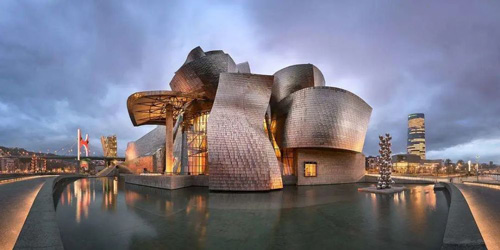 Picture: Guggenheim Museum, Spain.
Picture: Guggenheim Museum, Spain.
The landmark building is not a group of cranes, but a building integrated with the environment. It is a key building with a comprehensive urban function and plays an important role in the development of the city. For example, in Oslo, the capital of Norway, an opera house was built on a clearing in the port from 2004 to 2008. The architect Robert Greenwood is a Norwegian and knows his country’s culture best. This country is snowy for most of the year. , He used white stone as the surface layer, covering it up to the roof like a carpet, so that the entire opera house rises from the sea like a white platform, blending perfectly with nature.
Picture: Oslo Opera House.
There is also the Lanyang Museum in Yilan County, Taiwan. It stands on the waterfront and grows like a stone. You can only appreciate and experience this kind of architecture and architectural culture here. The coordination between architecture and environment is also a symbol of local culture.
Picture: Lanyang Museum, Taiwan.
There is also Tokyo Midtown, Japan, which represents another culture. In 2007, when building a Midtown in Tokyo, where the land is very expensive, 40% of the planned land was used to create nearly 5 hectares of green space such as Hinocho Park, Midtown Garden, and Lawn Plaza. Thousands of trees were planted as green spaces. An interesting open space. Compared with our country still staying at using all the land to calculate the floor area ratio to obtain the maximum benefit, Japan has improved the quality of construction.
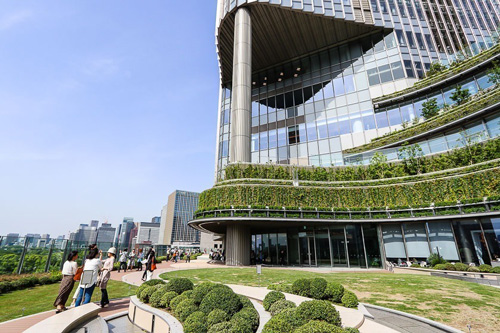 Picture: Tokyo Midtown Garden.
Picture: Tokyo Midtown Garden.
“Due to the high-speed competition between different cities on a regional and global scale, the construction of iconic buildings has become a top priority for an important city,” Spanish architect and planner Juan Busquez has seen this.
In China, landmark buildings are the goal of many cities and many new buildings. Cities compete with each other and compete to hold international design tenders, introduce foreign architects, borrow the reputation and architecture of foreign architects, to add brilliance to themselves, or to clone directly to create a copy of the building, turning creation into manufacturing, design Become plagiarism, the purpose is to build landmark buildings. Behind this is also a kind of culture, which represents a cultural concept that each building seeks to be iconic and self-centered.
Post time: Oct-19-2021


